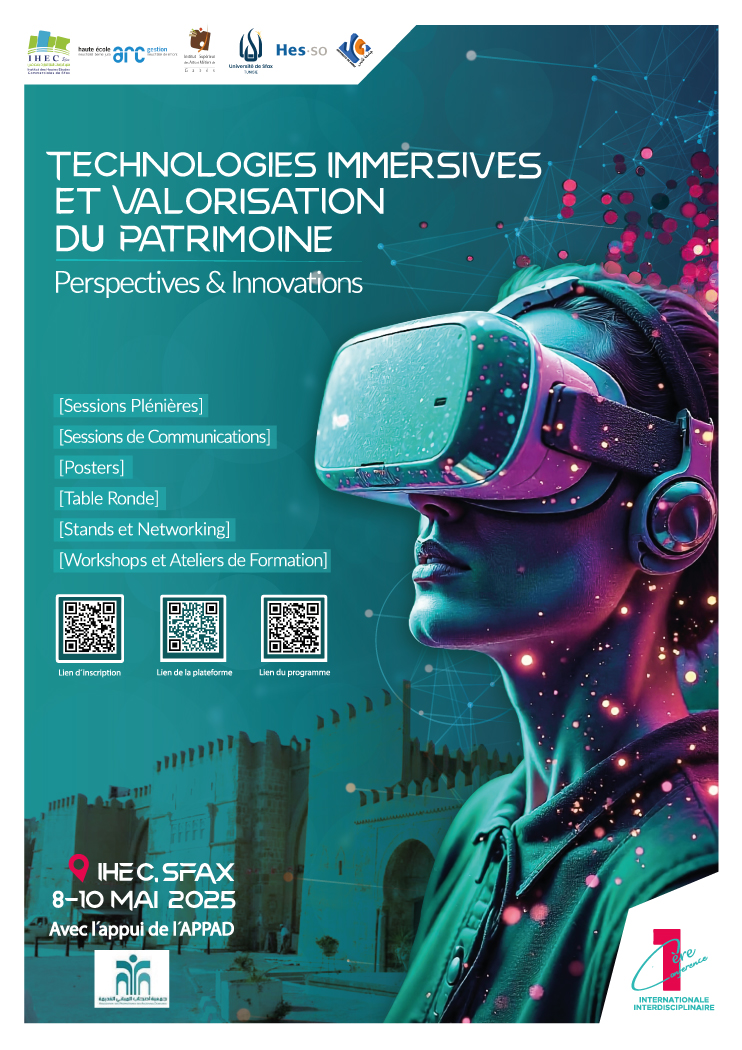
|
Poster
Context and presentation of the conference
Call For papers Thematics
Coordinatrices du colloque Submission deadlines
Once anonymized, abstracts will be submitted to the scientific committee for double-blind review. Each final article received will be evaluated using the same double-blind principle. Scientific Commitee
Bibliographie
|


